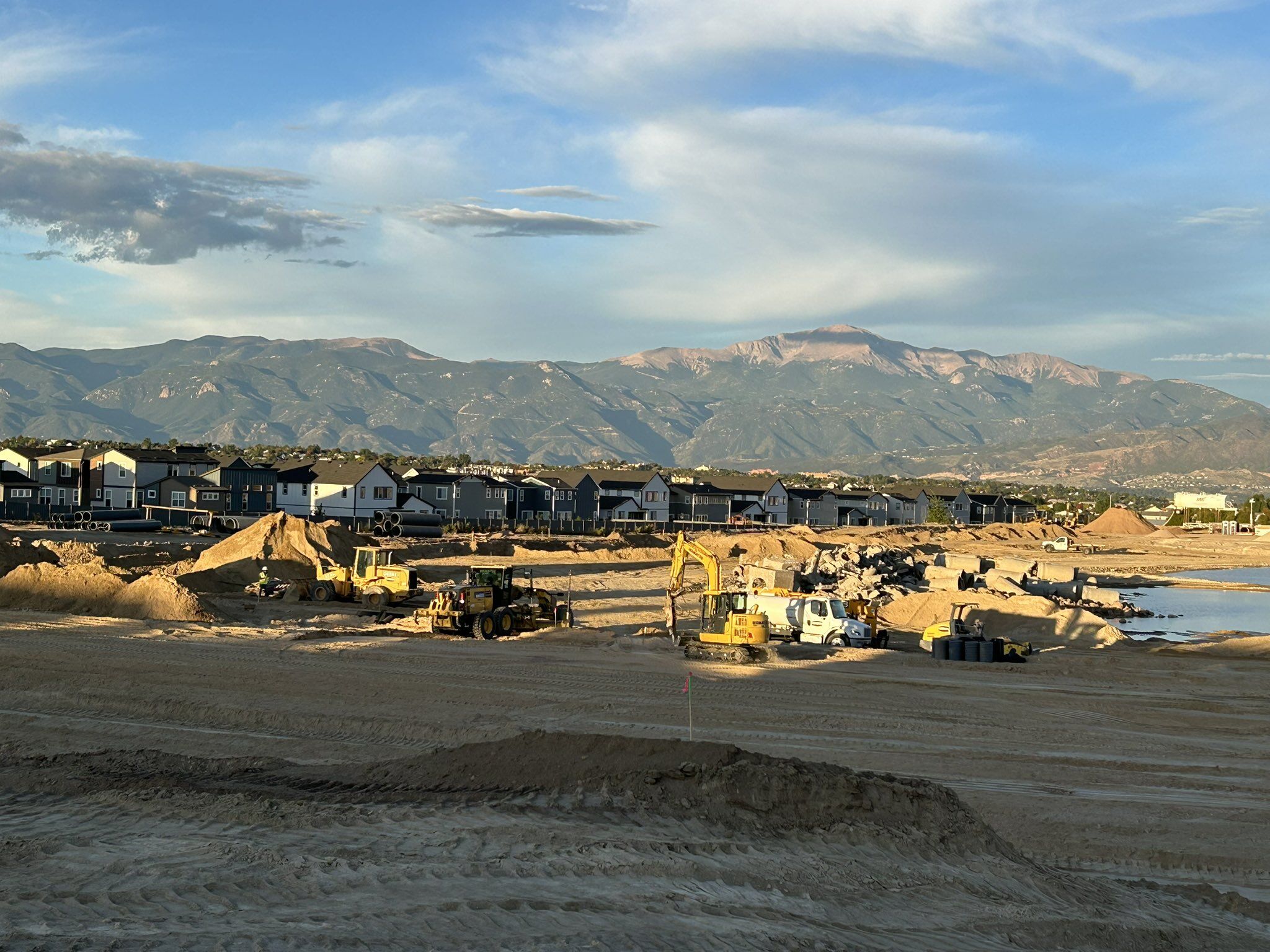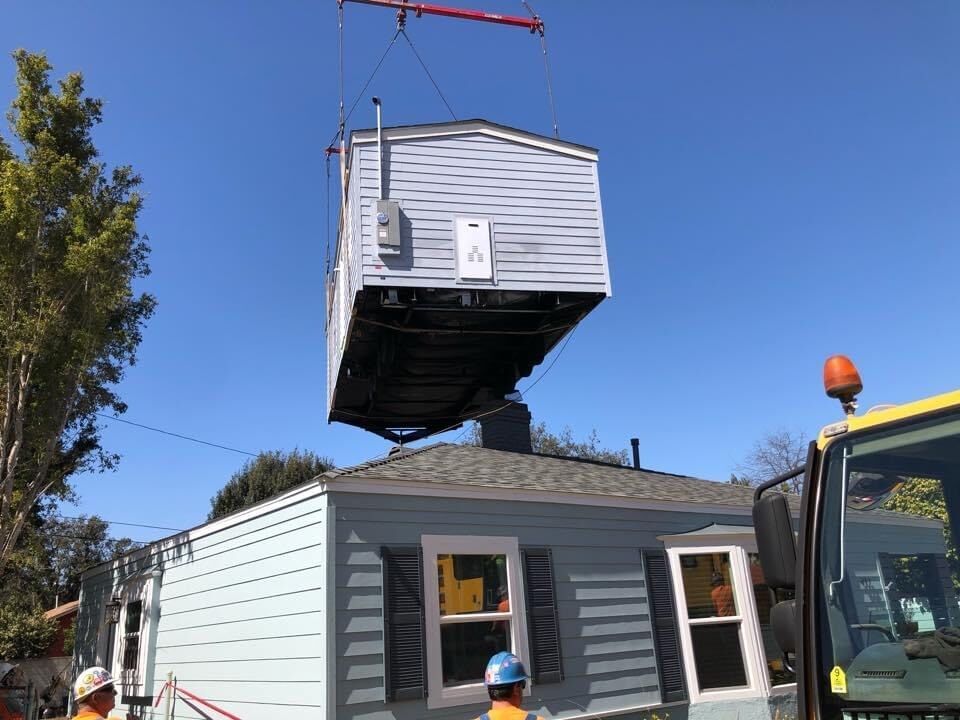Denver opens ’embodied carbon’ pilot program

The City and County of Denver is accepting applications through Dec. 2 for its first “Embodied Carbon Pilot Program.” This incentive program offers funding and technical support to reduce the carbon footprint of building materials in large commercial projects.
Embodied carbon is the greenhouse gases released from making building materials, shipping them and building construction — all the emissions that happen before anyone flips on the lights or turns up the heat.
The program applies to new construction or major renovations of commercial, multifamily and industrial buildings of 25,000 square feet or larger.
Selected projects must complete a whole-building life-cycle assessment, provide environmental product declarations for key materials and meet embodied-carbon reduction targets.
Builders who are selected receive direct contract payments — the more aggressive the reductions, the higher the potential funding.
The money comes from Denver’s Climate Protection Fund, created in 2020 when voters approved a 0.25% sales-tax increase that now generates about $40 million a year for climate programs.
“Denver is providing project support and funding for new commercial building projects… If chosen, the program applicant will be the person/company awarded the contract and funding,” according to the program’s web page.
Denver’s draft Embodied Carbon Pilot Program Guidebook said the goals “are to gather local market data on embodied carbon intensities, understand the costs and challenges associated with reducing embodied carbon in Denver’s building market, and document successful strategies for future policy development.”
The pilot rests on findings from “Denver’s Building Sector Embodied Carbon Emissions,” a June 2021 report prepared for the city’s Office of Climate Action, Sustainability and Resiliency by Lotus Engineering and Sustainability.
“This pilot is entirely voluntary. It was designed in collaboration with local builders, architects, and sustainability experts to explore opportunities to reduce embodied carbon in buildings,” said Emily Gedeon, spokesperson for Denver’s Office of Climate Action, Sustainability & Resiliency, in a statement to The Denver Gazette.
But the 2021 report laid out a longer-term path. On page 13, it recommended the city eventually shift to “incentives or requirements” for low-carbon materials and fold embodied-carbon goals into building codes no later than 2030. The current pilot guidebook said its purpose is to “document successful strategies for future policy development.”

The report claimed embodied carbon will rise from a “small fraction” today to the “dominant source” of about 27% of total emissions from buildings built in 2030 — and 100% by 2040 — once operational emissions fall close to zero.
“As buildings become more energy-efficient through a transition to electrification and better design, embodied carbon is becoming a larger share of total emissions in new construction,” Gedeon said. “It reflects a real shift in how emissions are distributed across the building lifecycle. If we’re serious about long-term climate goals, this is a piece of the puzzle we need to understand.”
Critics said highlighting the jump from a small fraction to 27% and then 100% is a relative-share illusion created by slashing operational emissions. In other words, as the operational slice of the pie shrinks dramatically, the embodied slice — which was always there — suddenly looks much larger in percentage terms.
“That approach is flawed because it ignores statistical realities and lacks any cost benefit considerations,” said environmental attorney Paul Seby. “Clearly that’s not a rational way to set policy or develop new regulations.”
Gedeon said that claim “isn’t a rhetorical device” and that Denver “is taking a thoughtful, collaborative approach to see what’s possible” in the statement.
The 2021 report did not calculate citywide or cumulative savings from low-carbon substitutes. It offered only one residential case study that showed a 59% cut — dropping a typical single-family home from 55.8 metric tons of CO₂ equivalent to 22.8 metric tons, the report said, and called a 40-to-60% reduction “achievable” with current materials but gave no scaled projection for Denver or Colorado.
That 22.8 metric tons avoided per home equals the annual emissions from driving a gasoline passenger car about 58,000 miles, according to U.S. Environmental Protection Agency equivalency calculations.
“This is also an area where industry is already showing strong leadership, and we’re working to support that momentum,” Gedeon said. “More than 100 firms across North America are involved.”
Denver already requires all-electric new homes and low-rise residential buildings. Commercial and multifamily construction must switch to all-electric by 2027. Existing buildings face phased mandates to replace gas furnaces and water heaters with electric models.
Several federal lawsuits challenge the city’s Energize Denver operational rules, arguing they violate the Energy Policy and Conservation Act.
No pilot projects have been selected. The city expects to name winners by December 19 and start contracts in January.
Developers can apply through the city’s submission portal.
For more information, contact McKenzie Glass at mckenzie.glass@denvergov.org or visit denvergov.org.

















